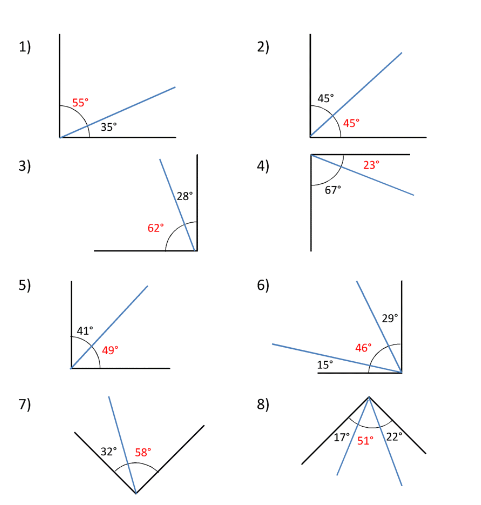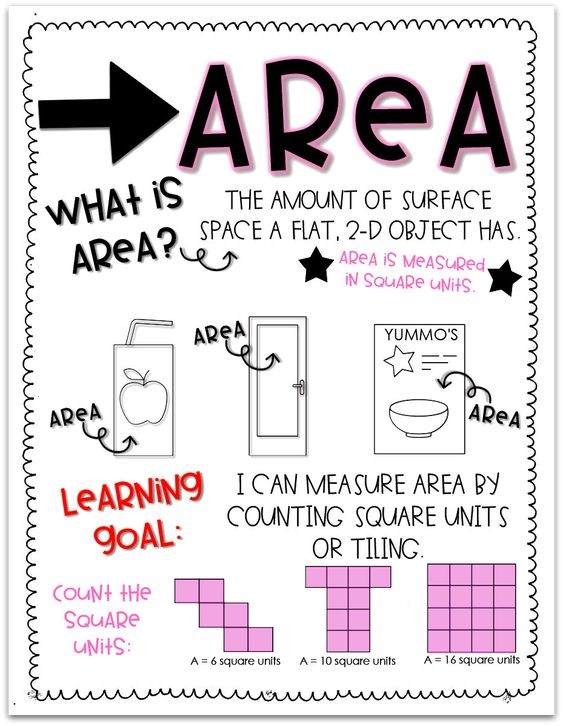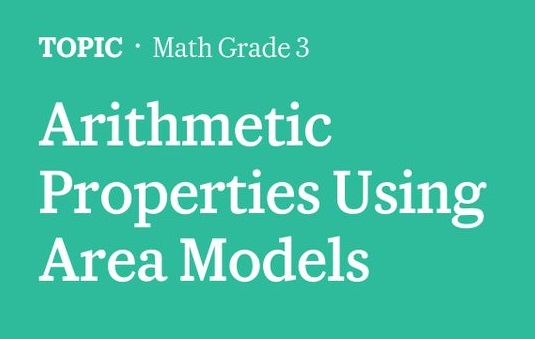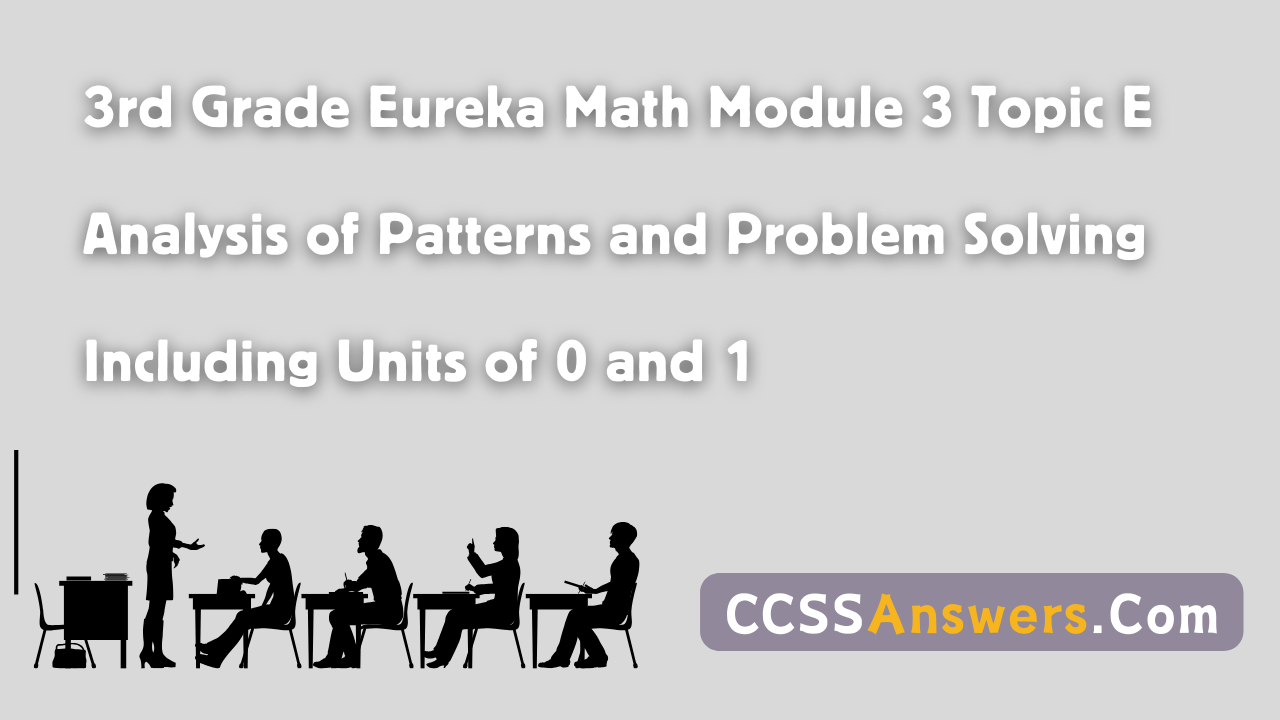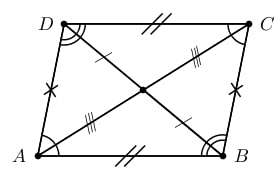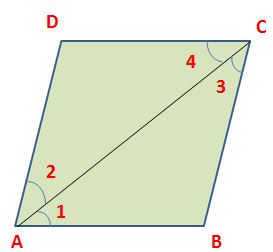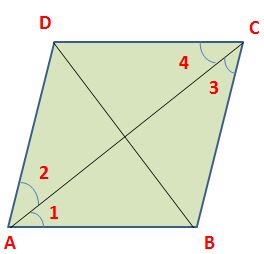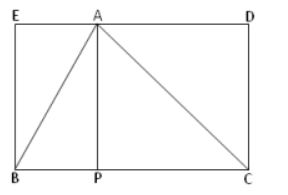Know the process to find Factorization by using identities. Based on the identities, we can simply factorize an algebraic equation. That means, depending on the identities or identity values, we can easily reduce the number of expressions into n number of terms. Generally, for the simplest factorization process, we have to follow some basic expressions. They are
(i) (x + y)^2 = (x)^2 + 2xy + (y)^2.
(ii) (x – y)^2 = (x)^2 – 2xy + (y)^2.
(iii) x^2 – y^2 = (x + y) (x – y).
Factoring Polynomials Identities Steps
Go through the below-listed guidelines on how to factor polynomials using algebraic identities. They are in the following fashion
- Note down the given expression and compare the expression with the basic expressions.
- If there are three terms and all are identified with the positive sign, then that is related to (x + y)^2.
- If the first and last terms are with the positive sign and the middle term is identified with the negative sign, then that is related to (x – y)^2.
- If there are only two terms with one positive sign and one negative sign, then that is related to x^2 – y^2.
- Now, compare the co-efficient values with the basic expressions.
- Find the values of coefficients.
- Based on the values, reduce the given expression into simple terms.
Factorization Using Identities Examples with Answers
1. Factorize using the formula of a square of the sum of two terms
(i) a2 + 6a + 9
Solution: Given expression is a2 + 6a + 9
There are three terms are identified with the positive sign. Then it is related to the expression (x)^2 + 2xy + (y)^2 = (x + y)^2.
Now, compare the co-efficient values of a2 + 6a + 9 with the expression (x)^2 + 2xy + (y)^2.
Here, x = a, 2y = 6 then y = 3.
So, (x + y)^2 = (a + 3)^2.
Finally, our expression a^2 + 6a + 9 is reduced to (a + 3)^2.
(ii) a^2 + 20a + 100
Solution:
Given expression is a^2 + 20a + 100.
There are three terms that are identified with a positive sign. Then it is related to the expression (x)^2 + 2xy + (y)^2 = (x + y)^2.
Now, compare the co-efficient values of a^2 + 20a + 100 with the expression(x)^2 + 2xy + (y)^2.
Here, x = a, 2y = 20 then y = 10.
So, (x + y)^2 = (a + 10)^2.
Finally, our expression a^2 + 20a + 100 is reduced to (a + 10)^2.
2. Factorize using the formula of the square of the difference of two terms
(i) 4p^2 – 12pq + 9q^2
Solution:
Given expression is 4p^2 – 12pq + 9q^2.
There are three terms that are identified with the positive sign of the first and last terms and the negative sign of the middle term.
Then it is related to the expression (x)^2 – 2xy + (y)^2 = (x – y)^2.
Now, compare the co-efficient values of 4p^2 – 12pq + 9q^2with the expression (x)^2 – 2xy + (y)^2.
Here, x^2 = 4p^2 then x =2p, y^2 = 9q^2 then y = 3q.
So, (x – y)^2 = (2p – 3q)^2.
Finally, our expression 4p^2 – 12pq + 9q^2is reduced to (2p – 3q)^2.
(ii) a^2 – 10a + 25
Solution:
Given expression is a^2 – 10a + 25.
There are three terms that are identified with the positive sign of the first and last terms and the negative sign of the middle term.
Then it is related to the expression (x)^2 – 2xy + (y)^2 = (x – y)^2.
Now, compare the co-efficient values of a^2 – 10a + 25 with the expression (x)^2 – 2xy + (y)^2.
Here, x^2 = a^2 then x =a, y^2 = 25 then y = 5.
So, (x – y)^2 = (a – 5)^2.
Finally, our expression a^2 – 10a + 25 is reduced to (a – 5)^2.
3. Factorize using the formula of a difference of two squares:
(i) 49a^2 – 64
Solution:
Given expression is 49a^2 – 64
There are two terms identified with the positive sign of the first term and the negative sign of the last term.
Now, compare the co-efficient values of 49a^2 – 64 with the expression (x)^2 – (y)^2.
Here, x^2 = 49a^2 = (7a)^2 then x =7a, y^2 = 64 = (8)^2 then y = 8.
So, (x)^2 – (y)^2 = (7a)^2 – (8)^2.
(x + y) (x – y) = (7a + 8) (7a – 8)
Finally, our expression 49a^2 – 64is reduced to (7a + 8) (7a – 8).
(ii) 16a^2 – 36b^2
Solution:
Given expression is 16a^2 – 36b^2
There are two terms identified with the positive sign of the first term and the negative sign of the last term.
Now, compare the co-efficient values of 16a^2 – 36b^2 with the (x)^2 – (y)^2.
Here, x^2 = 16a^2 = (4a)^2 then x =4a, y^2 = 36b^2 = (6b)^2 then y = 6b.
So, (x)^2 – (y)^2 = (4a)^2 – (6b)^2.
(x + y) (x – y) = (4a + 6b) (4a – 6b)
Finally, our expression 16a^2 – 36b^2 is reduced to (4a + 6b) (4a – 6b).
(iii) 1 – [5(2p – 5q)]^2
Solution:
Given expression is 1 – [5(2p – 5q)]^2
We can write it as (1)^2 – [5(2p – 5q)]^2
There are two terms identified with the positive sign of the first term and the negative sign of the last term.
Now, compare the co-efficient values of (1)^2 – [5(2p – 5q)]^2 with the (x)^2 – (y)^2.
Here, x^2 = (1)^2 then x =1,
y^2 = [5(2p – 5q)]^2then y = 5(2p – 5q).
So, (x)^2 – (y)^2 = (1)^2 – [5(2p – 5q)]^2.
(x + y) (x – y) = [1 + 5(2p – 5q)] [1 – 5(2p – 5q)].
Finally, our expression 1 – 25(2p – 5q)^2 is reduced to [1 + 5(2p – 5q)] [1 – 5(2p – 5q)].
4. Factor completely using the formula of a difference of two squares
(i) p^4 –q^4
Solution:
Given expression is p^4 –q^4
We can write it as (p^2)^2 – (q^2)^2
There are two terms identified with the positive sign of the first term and the negative sign of the last term.
Now, compare the co-efficient values of (p^2)^2 – (q^2)^2with the (x)^2 – (y)^2.
Here, x^2 = (p^2)^2 then x =p^2,
y^2 = (q^2)^2 then y = q^2.
So, (x)^2 – (y)^2 = (p^2)^2 – (q^2)^2.
(x + y) (x – y) = (p^2 + q^2) (p^2 –q^2).
Finally, our expression p^4 – q^4 is reduced to (p^2 + q^2) (p^2 – q^2).

